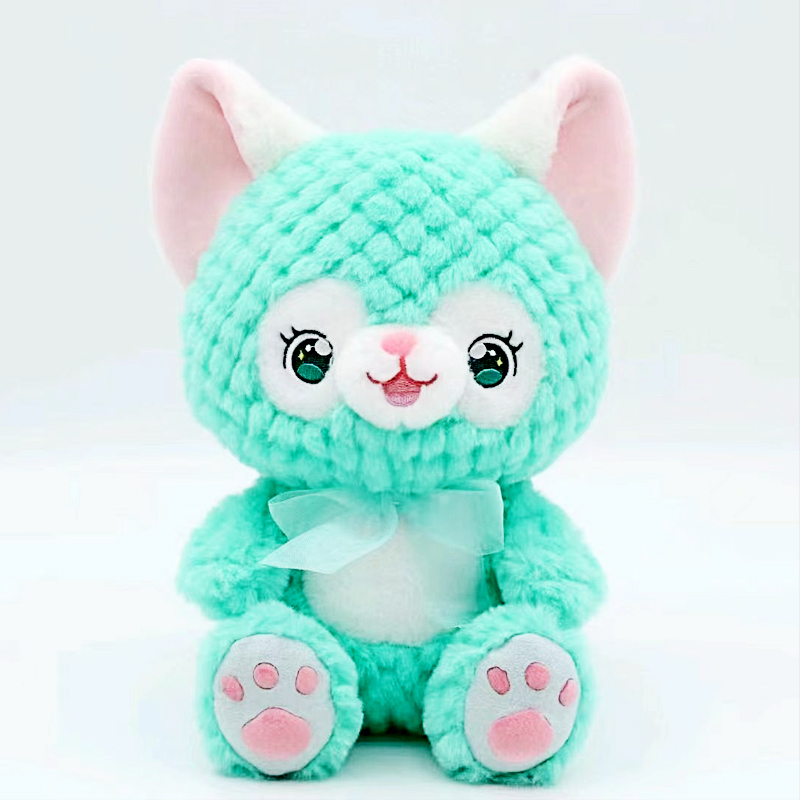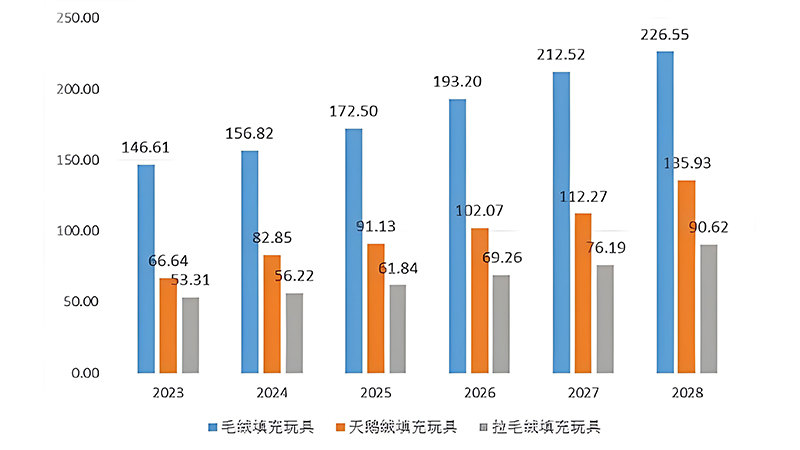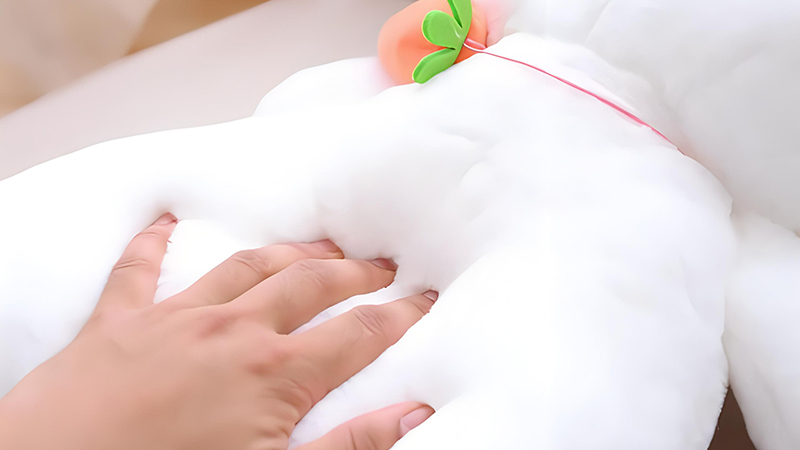The Best Products
How to choose suitable plush toys?
Plush toys are one of the favorite toys for children and young people, but seemingly beautiful things may also contain danger. Therefore, we should be happy and at the same time, thinking that safety is our greatest wealth! Choosing good plush toy products is particularly important, and the following are my personal insights from work and life:
1. Firstly, clarify which age group needs it, and then purchase different toys based on different age groups, mainly considering safety and practicality.
For example, children aged 0 to 1 should not purchase toys with prints or painted colors, as organic substances in dyes may cause skin allergies in babies; Children under the age of three should not choose toys with small objects that are prone to falling off, as they lack awareness of danger and may bite small objects into their mouths, posing a risk of suffocation; All selected toys must not have a loop that can be placed over the baby's head to avoid danger from being caught around the neck. If there are any, they can be fixed with a needle by themselves.
2. Whether the materials used for the appearance of plush are hygienic, divided by the high and low grades of the raw materials, such as long and short plush (special yarn, plain yarn) velvet, pulled plush TIC fabric, etc., is an important factor in determining the price of a toy. Some sellers pass off inferior products to deceive consumers.
3. Take a look at the filling material of plush toys, which is another important factor affecting toy prices. Good filling cotton is all made of PP cotton, just like the nine hole pillow core in the supermarket, with a good and even texture. Poor filling cotton is all black cotton, with a poor texture and very dirty.
4. Whether the fixed accessories are firm (standard requirement is 90N force), there are sharp edges that are very angry, whether the moving parts are too small to prevent children from accidentally entering and causing danger when playing, and whether the hair direction of the same color or body position raw materials is consistent, otherwise there will be different colors and opposite hair directions under sunlight, which will affect aesthetics.
5. Good workmanship is one of the important factors in the quality and value of toys, and it is unimaginable how good poorly made toys can be. Carefully check whether the stitching of the toy is fine, whether the craftsmanship is beautiful and firm, observe whether the appearance is beautiful, whether the left and right positions are symmetrical, whether the hand pressure is soft and fluffy, whether the stitching of various parts is firm, and whether the toy accessories are scratched or damaged.
6. Check if there are trademarks, brands, safety signs, manufacturer's mailing address, etc., and if the binding is firm.
7. Check the condition of the inner and outer packaging, whether the markings are consistent, whether the moisture-proof performance is good, and if the inner packaging is made of plastic bags and the opening size exceeds a certain range, air holes must be opened to prevent children from accidentally covering their heads and suffocating.
8. Knowledge of purchasing details:
Looking at the eyes of toys
The eyes of high-quality plush toys are very bright, deep, and lively, using high-end crystal eyes that feel like they can communicate with them. The eyes of low-quality toys are black, rough, dull, lifeless, and even some toys have bubbles inside their eyes.
Look at the nose and mouth of the toy
In plush toys, there are several types of animal noses, including those made of foreskin, those sewn by hand with thread, and those made of plastic. A good leather nose is made of high-quality leather or synthetic leather, resulting in a full and delicate nose. And the inferior nose leather is rough and not fully filled. A nose made of thread can be divided into padded and non padded types, as well as silk, wool, and cotton threads. A good sewn nose is exquisitely crafted and neatly arranged. But there are many small workshop style factories, and the workers without formal training have poor workmanship. The advantages and disadvantages of plastic nose. It depends on their workmanship and the quality of the molds. Because the quality of the mold directly affects the quality of the nose.
Materials used for palms and feet
The materials used for palms and feet are also very particular, and special attention should be paid to their sewing techniques when purchasing, that is, whether their workmanship is fine, and whether the materials used for palms and feet are coordinated with the main body.
Previous: How to clean plush toys







